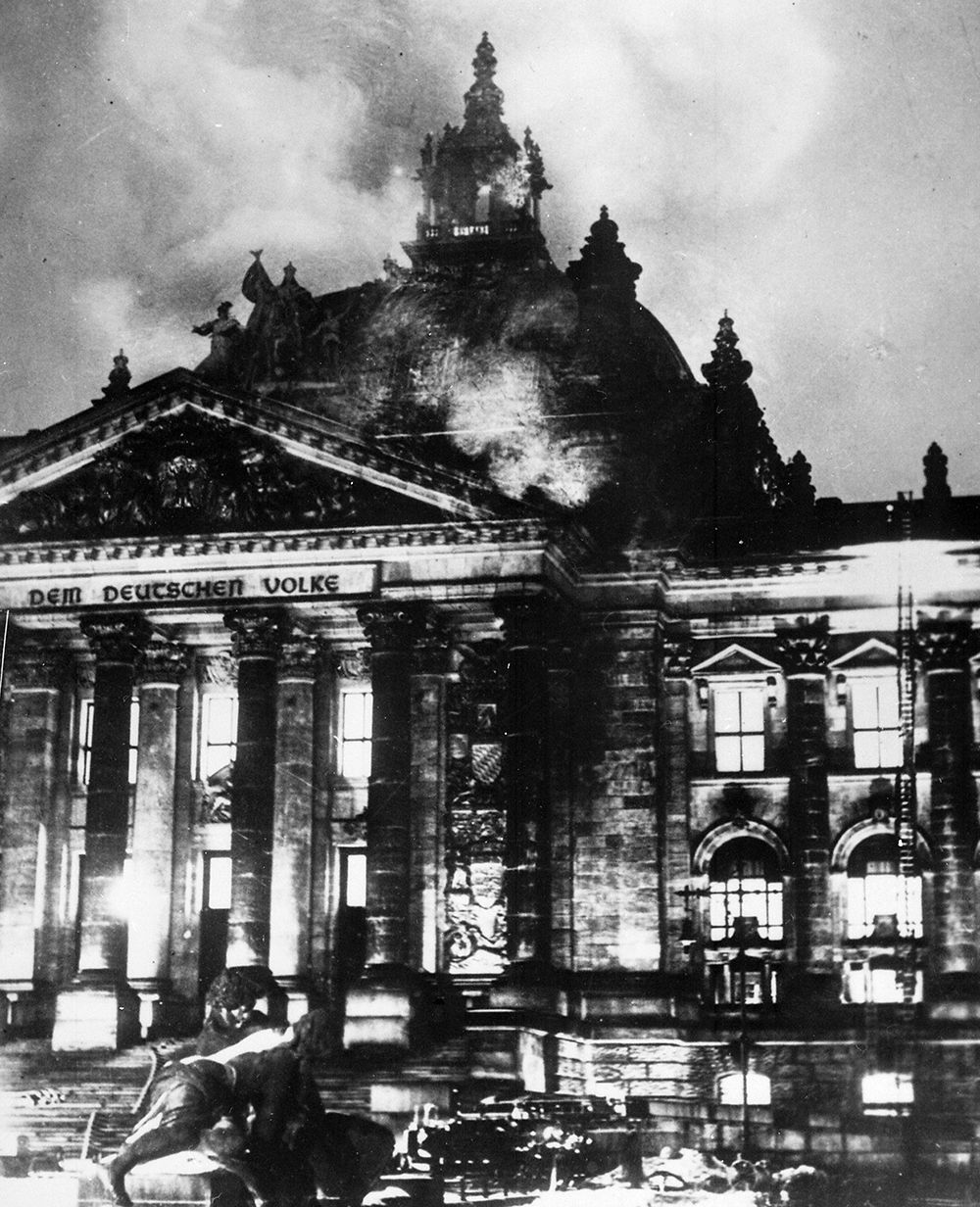‘February 1933’ by Uwe Wittstock review
Germany in February 1933 as it unfolded day-by-day.

On Saturday 28 January 1933, Carl Zuckmayer was getting ready for a party in Berlin. He would have preferred not to go but it wasn’t just any party. It was the Press Ball and his invitation marked him out as a rising literary star. So begins Uwe Wittstock’s February 1933. The worries and concerns of the characters we meet are personal, perhaps a little vain, and the looming political catastrophe a distant thought. But all that was about to change. That night, Zuckmayer would rub shoulders with writers, journalists, actors, old friends and famous faces; the guest list was a veritable who’s who of German cultural life. Erich Maria Remarque was there, riding high on the success of All Quiet on the Western Front. On the morning following the ball he would travel home to his Swiss villa on Lago Maggiore, which, in a matter of weeks, would become a destination for refugees. One sign that this year’s ball was unusual was the absence of politicians; in a normal year, they would be there, bending the ear of editors and journalists. In the previous summer, the government had been dissolved and, as the ball progressed, speculation would spread that Adolf Hitler was about to be appointed chancellor. Within a month he had established himself at the head of a dictatorship.
February 1933 describes that crucial month as it unfolded day-by-day, the mundane alongside the terrible, through the lives of a varied cast of artists and writers. As Wittstock explains, his choice is partly pragmatic: their lives were simply more thoroughly documented than most people’s. Wittstock weaves together an intimate history of a momentous month in European history from an abundance of correspondence, memoirs and diaries. But the experiences of his chosen cast – all people of letters – are unique in other ways. These were culturally prominent people – some more so than others – and their visibility made them vulnerable as the Nazis rose to power with an avowed agenda to purge German culture of foreign or otherwise undesirable elements. In the days described here, men dressed in black furiously scribble in lecture halls and theatres, compiling blacklists and recording unacceptable utterances, spreading fear and silencing opposition. Written in the present tense, the book has the tone of journalistic reportage as the reader finds themself placed in the midst of unfolding events. Each chapter ends with a summary of the day’s events, cataloguing violence and deaths with the stark brevity of a news bulletin.
Private lives unravel against a background of orchestrated turbulence. Goebbels organises a torchlit march through Berlin to celebrate Hitler’s ascension to power, but is disappointed with the effect on camera and later restages it. Political theatrics are set alongside the suppression of artists and writers, many of whom are hounded out of the country. The dilemma about whether to stay or leave becomes a recurrent preoccupation. Some remain despite warnings to leave because ‘[s]omeone has to bear witness and tell the stories of the coming age’. Others are sure these troubles will soon pass and decide to wait it out. The final chapter chronicling their fates makes solemn reading.
February 1933 richly evokes what it was like to live through a time in which democracy was hijacked and fundamental rights stripped away. There are warnings here against complacency in systems which can, and have, failed before, and against the silencing of political dissent. As Joseph Roth wrote to Stefan Zweig: ‘By now it will have become clear to you that we drift towards great calamities … Letting barbarism assume rule bore fruit.’
February 1933: The Winter of Literature
Uwe Wittstock, translated by Daniel Bowles
Polity, 288pp, £25
Buy from bookshop.org (affiliate link)
Camilla Cassidy is Senior Lecturer in the Humanities at Leuphana University of Lüneburg.